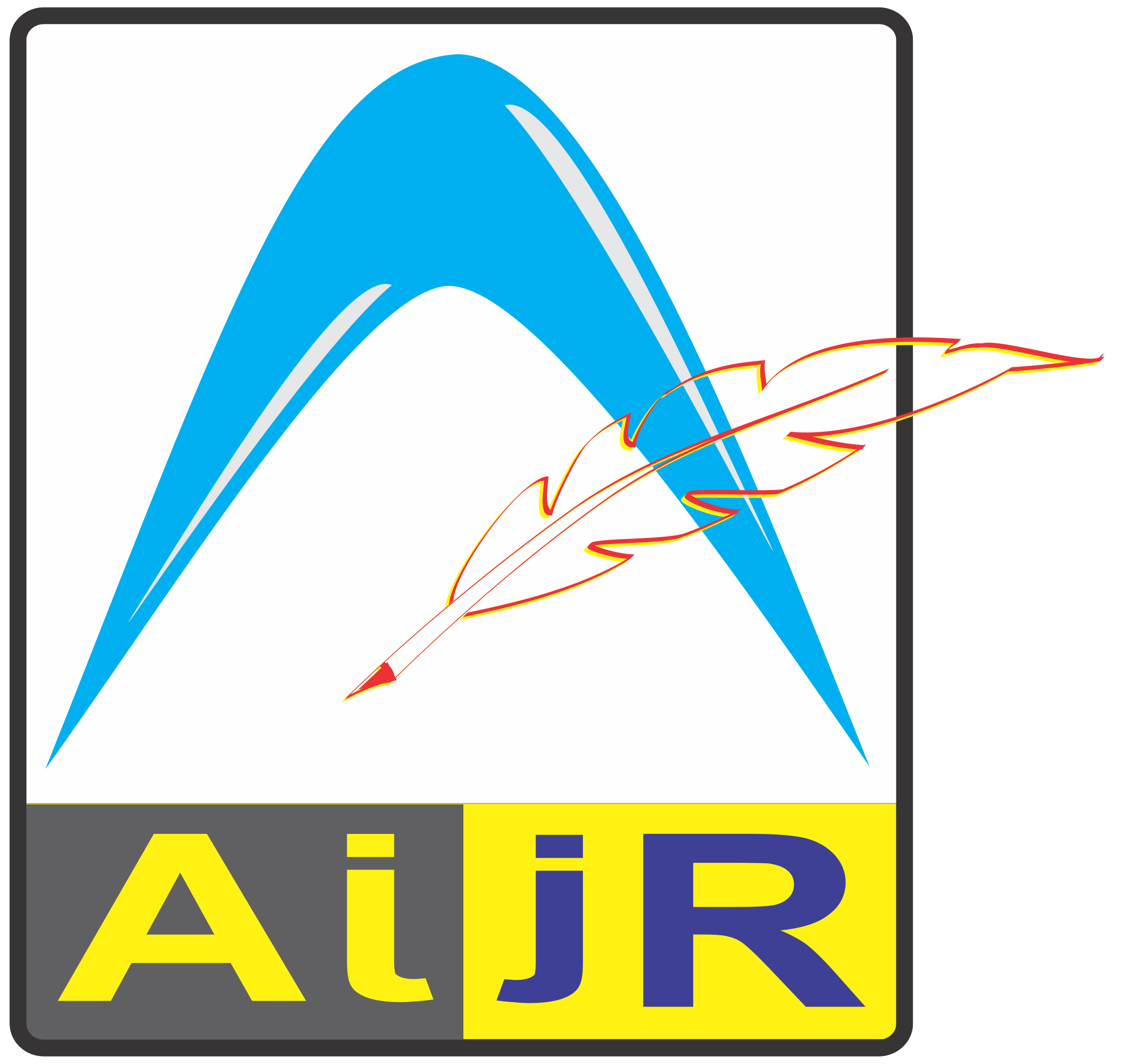Image size converters allow you to adjust your images’ dimensions and file size without losing clarity or quality. This is crucial for maintaining the visual impact of your graphics across various platforms and devices. Whether you’re a professional designer, a marketer, or someone who loves getting the details right, the right tools can make all the difference. They help ensure your images look sharp and load quickly, enhancing user experience and engagement. This guide will examine the best image size converters available, explaining how they work and which ones you should use for specific tasks like web optimization, printing, or casual sharing.
Top Rated Size Converters
When finding the best image size converters online, you want tools that are not just good but top-notch. Whether resizing photos for Instagram or adjusting graphics for a presentation, the suitable converter can save you time and frustration. For an example of a top-rated tool, consider Adobe’s Photoshop Express, the best image size converter known for its precision and range of features. Let’s walk you through some other top-rated image size converters and highlight what features you should look out for.
- Adobe Photoshop Express: Adobe’s online tool is a powerhouse in image manipulation. It allows for precise size adjustments alongside a slew of editing options. It’s perfect for professionals and hobbyists who need detailed control over their images.
- TinyPNG: Don’t let the name fool you; TinyPNG works wonders with PNG and JPEG files. It’s particularly great for web use because it reduces file size significantly without a noticeable drop in quality. It is ideal for speeding up website load times.
- GIMP: A free and open-source alternative to Photoshop, GIMP offers robust resizing tools and supports a wide range of file formats. It’s a bit more technical but incredibly versatile.
- PicResize: Simple and straightforward, PicResize provides quick resizing options for those who don’t need complex edits. It’s user-friendly and perfect for fast tasks.
When choosing a size converter, look for:
- Quality retention: The best converters manage to reduce file size without sacrificing image quality.
- Batch processing: This feature is a lifesaver if you need to resize multiple images at once.
- Format variety: More format options mean more flexibility in your projects.
- Ease of use: A straightforward interface can make your work much faster and more pleasant.
With these tips in mind, you’ll be ready to choose the size converter that best fits your needs, making your image handling a breeze and ensuring your visuals are always on point.
Size Conversion for Different Products
Size conversion for images varies significantly based on the type of media and its intended use:
- Photography: Photographers must often convert raw images to more accessible formats without losing quality. Size converters for photography should maintain high resolution and allow for adjustments in dimensions that suit different platforms, from online galleries to print media.
- Web Development: Images need to be optimized for web use to balance quality and load time. Converters used here often reduce file size while attempting to preserve as much of the original clarity as possible, supporting formats like JPEG, PNG, and WebP.
- Graphic Design: Designers work with various file types and sizes, from tiny icons to large-scale banners. Effective size converters for graphic design must offer flexibility in scaling images, support for multiple file formats, and the ability to handle complex images like vectors without degradation.
Technical Aspects of Size Conversion

The algorithms behind image size conversion tools are fascinating, especially when you dive into the technical nitty-gritty. These tools often employ sophisticated methods to resize images effectively, ensuring the best balance between file size and image quality. One common technique is “resampling,” which includes methods like nearest neighbor, bilinear, and bicubic interpolation. Nearest neighbor is the simplest form of resizing, ideal for smaller file sizes, but can result in pixelation. Bilinear interpolation considers the closest 2×2 neighborhood of known pixel values surrounding the unknown pixel. It’s a step up in quality but can still introduce blurring. On the other hand, Bicubic interpolation uses a more complex algorithm involving 16 pixels around the target pixel. This method is slower but significantly enhances the smoothness and quality of the resized image, making it ideal for more substantial and detailed graphics.
Moreover, maintaining updated conversion data is critical in size converters, especially when dealing with different file formats and the latest display technologies. Updated algorithms ensure compatibility with newer file types and resolutions, crucial for achieving optimal results in both professional and casual settings. Keeping these converters up-to-date guarantees they continue to provide high-quality outputs, accommodating the rapid advancements in digital image technologies and user expectations.
Using Size Converters Effectively
Using size converters effectively requires a bit of know-how to ensure you get the most accurate results. Here are some top tips for accuracy and common pitfalls to watch out for:
- Understand the Source and Target Resolutions: Know the resolution of the image you are starting with and what you need the final product to be. This understanding will help you choose the correct settings in your converter.
- Maintain Aspect Ratio: Always maintain the aspect ratio to avoid distorted images. Most converters have a ‘lock aspect ratio’ option, which keeps the width and height proportional.
- Preview Before Finalizing: Use the preview function (if available) to see what the converted image will look like. This can help you adjust settings before processing a batch of images.
- Choose the Right Algorithm: Opt for slower, higher-quality algorithms like bicubic or Lanczos for images where quality is paramount. For quicker tasks with less critical quality, bilinear or nearest neighbor might suffice.
Conclusion
In wrapping up, we’ve delved into the nuances of image size converters, covering everything from the technical algorithms that ensure precise resizing to the best practices for achieving high-quality results. We’ve also highlighted common pitfalls to avoid and provided tips to help you use these tools effectively. Remember, accurate size conversion is crucial for maintaining image quality and ensuring compatibility across different platforms and devices. As you decide about purchasing or using digital images, keep the importance of proper size conversion in mind—it can significantly enhance your final results, making your digital projects look polished and professional.


